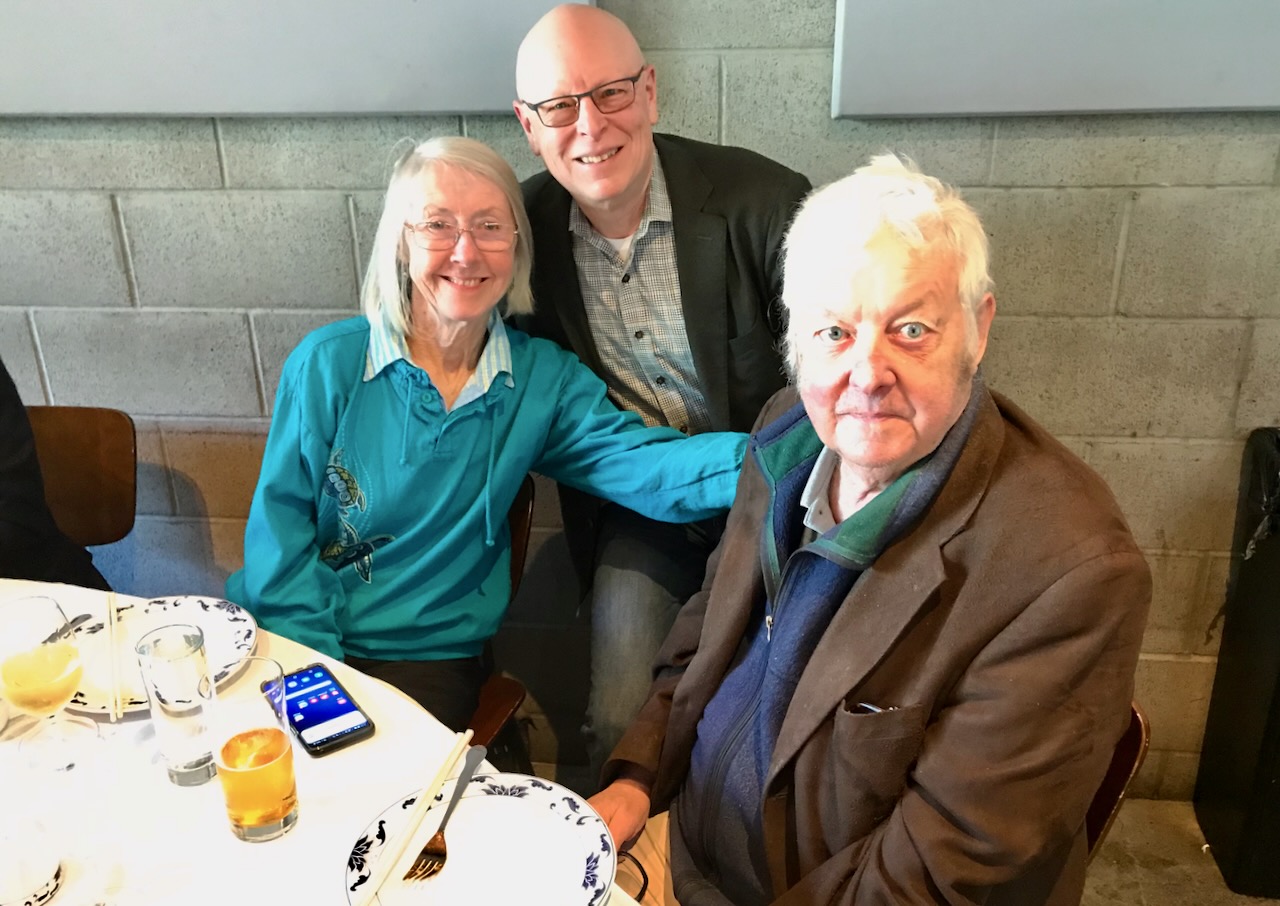By Mike Gilman, serial entrepreneur and veteran biotech executive, as part of the From The Trenches feature of LifeSciVC
My thesis advisor, Mike Chamberlin, passed away last week. I owe much of who I am as a scientist to him. As anyone who worked in his lab would surely agree, he was not an easy guy to work for. I don’t think that was a strategy; it’s just who he was. And it took me many years to fully appreciate why and how that helped me – even though it certainly didn’t feel that way in real time.
I still remember my first group meeting presentation. I was a first-year rotation student and hadn’t even joined the lab yet. I don’t remember exactly what the experiment was, but it involved purifying ribosomes from T4-infected E. coli. The critical step was a long spin in the ultracentrifuge, which for some reason I ran at room temperature (and who knows how warm it actually got in there at 40K RPM). Maybe I didn’t know any better. Maybe I couldn’t figure out how to set the temperature and said eff it, I’m just gonna do this. In any case, as I presented the experiment to the group, I received my first piece of blunt MJC feedback: “Gilman, that’s the stupidest experiment I’ve ever heard.” At which point, everyone else in the group piled on. Literally over 45 years ago, and it’s still crystalline in my memory – which retains little else these days.
That’s what it was like in the Chamberlin lab. And, honestly, it was great.
Mike was a golden boy in the ascendant age of protein biochemistry and enzymology. He trained in the Stanford Biochemistry department, which was the beating heart of the discipline, dominated by Arthur Kornberg, famous for many things but notably for the aphorism, “Don’t waste clean thoughts on dirty enzymes.” That was absolutely Mike’s ethos. Every reagent in every experiment is purified, characterized, controlled, tested, and dated. Your pipettes are calibrated, your stopwatch is wound, your water bath is precisely adjusted, and your mind is clear.
We spent days in the cold room purifying RNA polymerase at ridiculous scale and in the hot lab synthesizing and purifying alpha-labeled rCTP from 100 millicuries of inorganic 32P, because the store-bought sh*t wasn’t good enough. We purified phage DNA for transcription templates, which spun off a lucrative bartering business in the early days of cloning, as we would also isolate and purify T4 ligase and polynucleotide kinase, which we’d swap for restriction enzymes purified in other labs in the building. The principal transcription template in the lab was T7 DNA, a by-product of which was purification and characterization of the phage-encoded RNA polymerase, which, unlike the E. coli enzyme, was a stable single-subunit monster that could transcribe DNA into RNA like nobody’s business. Ironically, T7 RNA polymerase may be the reagent we’ve spent the most money on at Arrakis. I probably purified a million dollars worth in graduate school. Circle of life.
Over his career, Mike tackled pretty much every step in what we came to call the transcription cycle for bacterial RNA polymerase. How RNAP locates promoters, settles in, melts the DNA duplex, initiates transcription, elongates the RNA, checks its work along the way, recognizes termination sequences, releases and recycles. The lab workhorse was Mike’s famous “Method One” assay, a precisely choreographed and synchronized single cycle of binding, initiation, elongation, and termination, each step of which could be measured in the assay. It was a triumph of reductionism, revealing and concretizing the critical under-the-hood workings that form the foundation of gene expression.
What I came to understand about Mike with time, especially as I moved out into the world to see how other people practiced science, is that his bluntness, his impatience, and his obstreperous manner reflected a simple belief that guided his research and teaching philosophy: That there are standards – the right way to do science – and that they are non-negotiable. If you fell short, he was gonna tell you. Because that’s his job. And the scientific enterprise is owed no less. Once you understood that, it stopped being personal. You didn’t let him down, you let science down. That’s also why the lab culture was to rigorously and relentlessly critique one another’s experimental design, data interpretation, hypotheses. It was never personal – in fact, this was the tightest-knit, most mutually supportive team I’ve worked with. We were all committed to getting to the truth. What was really happening down there at the molecular level?
My own scientific mind is not as sharp as it once was, but the deep grooves that remain – that to this day, even when I’m clueless about the underlying science or technical method, I can still usually spot the missing control – that’s all Mike and the people he surrounded himself with. Mike taught me that science is a search for what is real and true, not what you wish to be so. And that the standard of proof is – and should always be – unassailably high.
Rest in power, MJC.
(The picture below with Mike and his wife and fellow faculty member Caroline Kane was taken in Berkeley in 2019).






